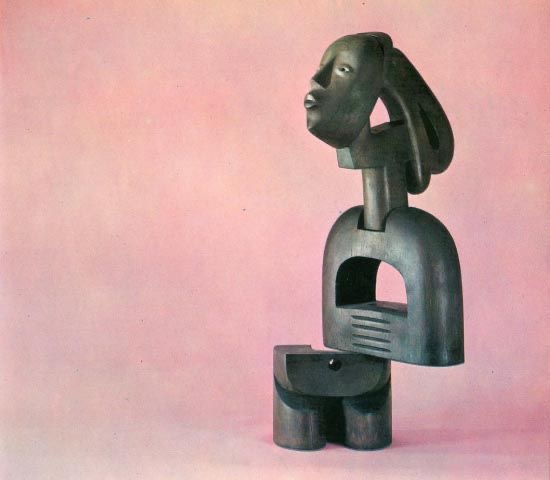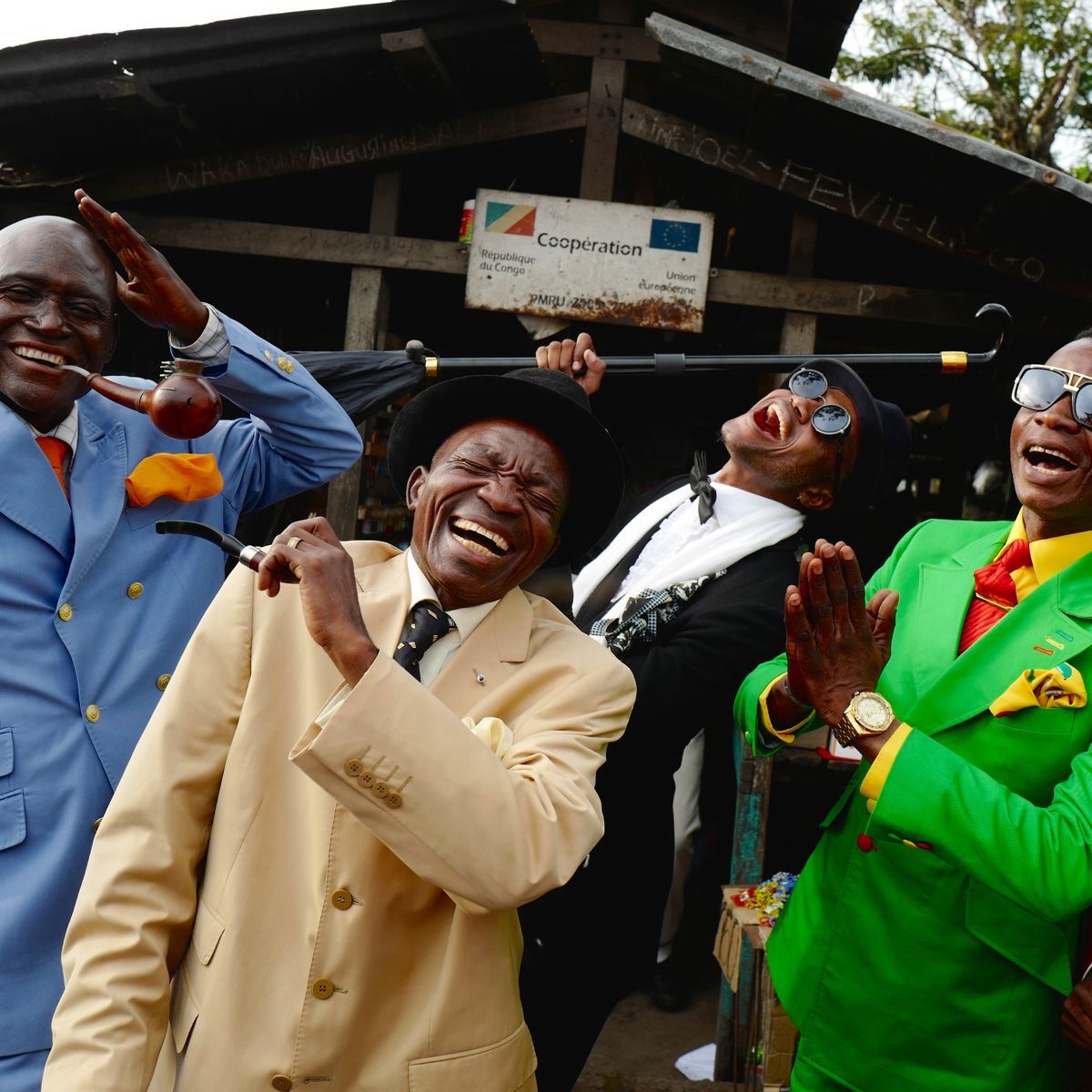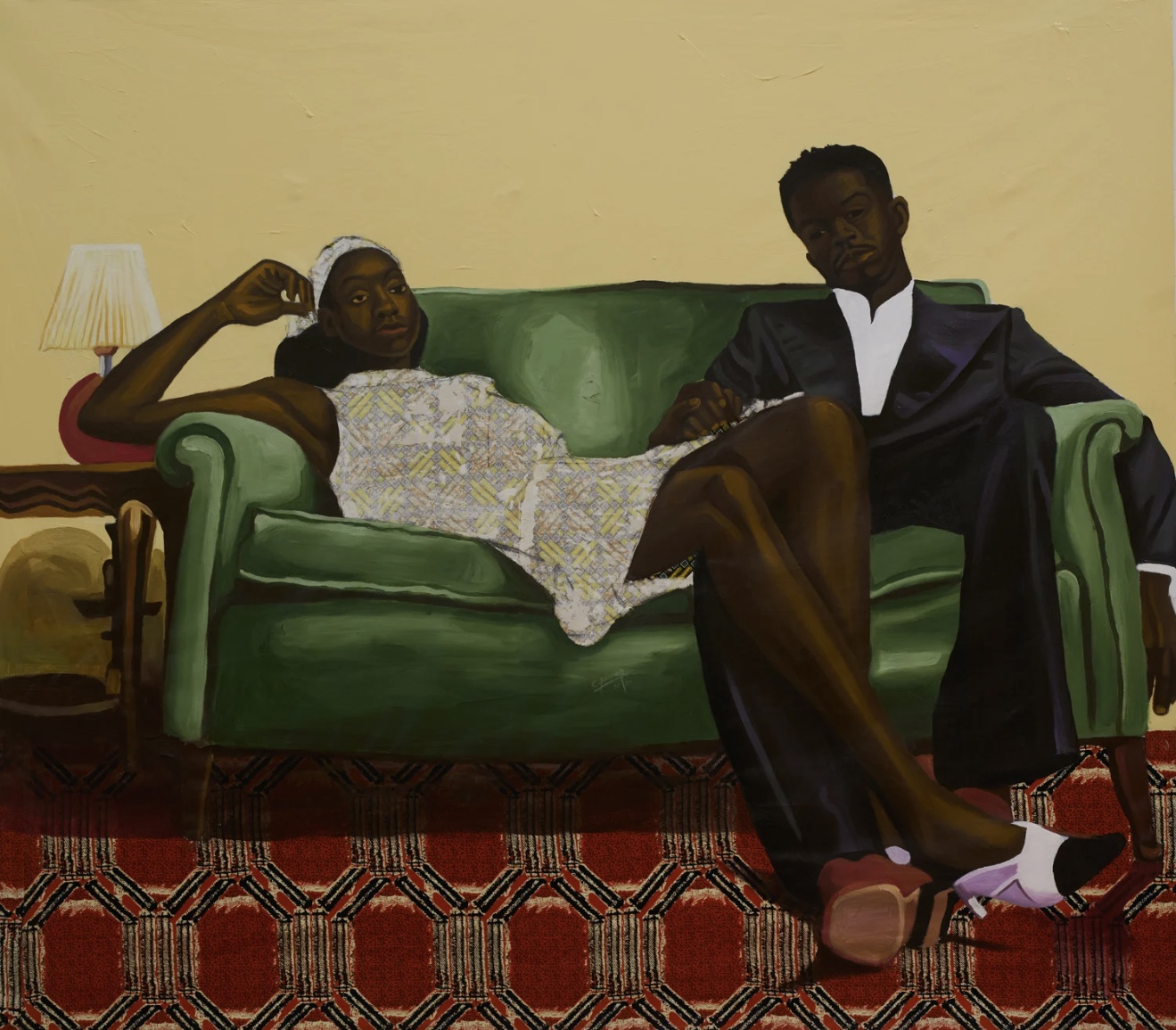Leandro Mbomio Nsue, often called “The Black Picasso,” was a groundbreaking sculptor from Equatorial Guinea whose work merged Bantu identity with European technique. Trained in Spain and connected to figures like Salvador Dalí, Mbomio used his art to explore themes of power, memory, and African pride.
Leandro Mbomio Nsue, often called “the Black Picasso,” was a sculptor who brought African identity to the center of modern art. Born in Equatorial Guinea and trained in Spain, he mastered European techniques while staying deeply connected to Bantu culture. His work celebrated strength, memory, and pride, placing the Black body in a position of dignity and power. Despite his impact, Mbomio remains underappreciated in global art circles. His contributions deserve far more attention than they have received.
Leandro Mbomio Nsue was born in 1938 in Equatorial Guinea, a country shaped by its Bantu roots and Spanish colonial past. From early on, his exposure to both cultures would define his artistic path. After relocating to Spain, he studied at the Real Academia de Bellas Artes de San Fernando in Madrid and later in Barcelona, where he became part of the country’s post-war artistic scene.
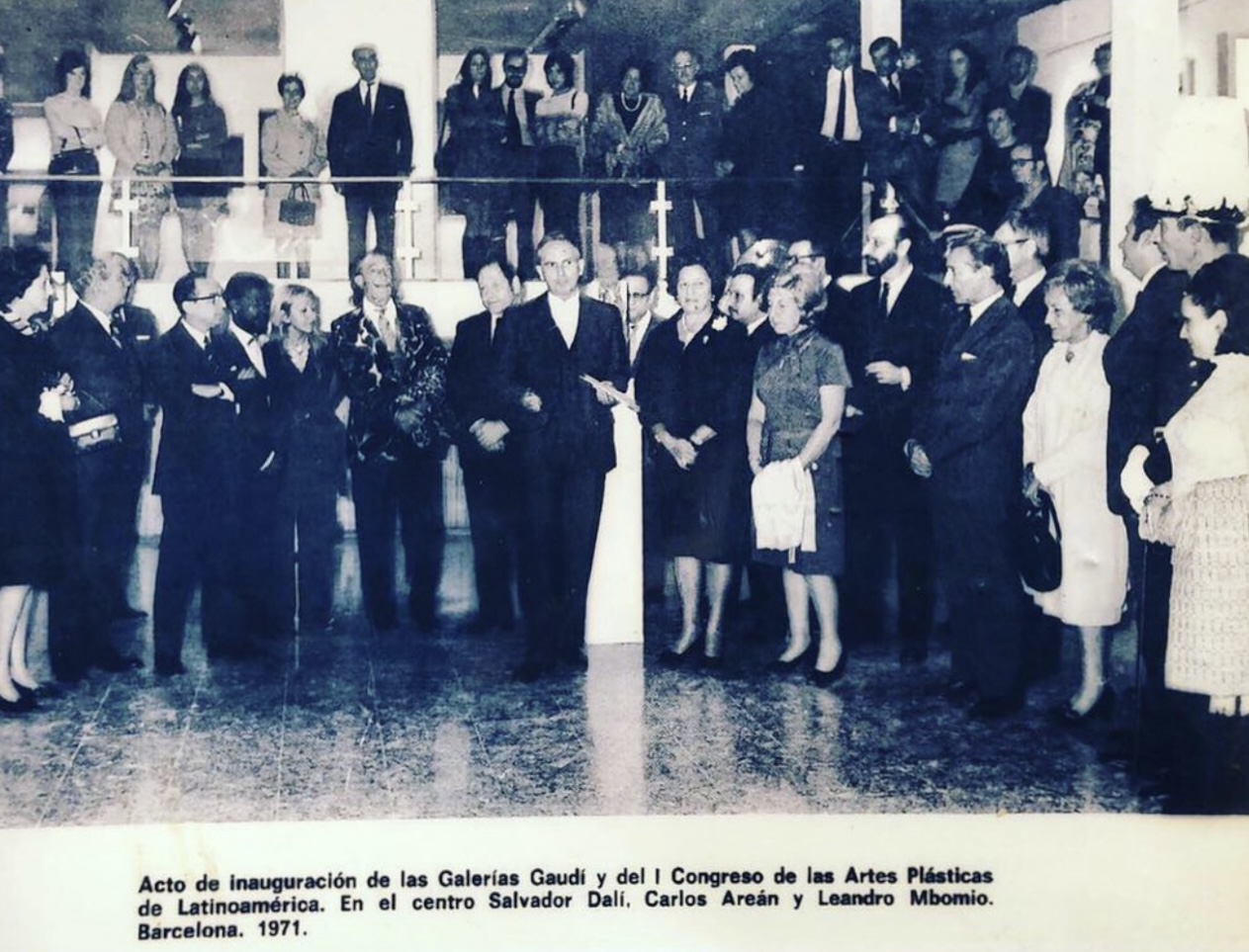
It was during this time that he crossed paths with some of the most influential European artists of the 20th century, including Salvador Dalí, with whom he shared both a creative dialogue and a mutual respect. Their friendship reflects Mbomio’s position not just as an African artist working in Europe, but as a peer within elite artistic circles. His training and connections gave him the tools to elevate Bantu expression on a global stage, blending symbolic African themes with modern European techniques in a way that was entirely his own.
Mbomio’s work was deeply rooted in Bantu symbolism and African identity, but his execution reflected the precision of classical European training. He sculpted in bronze and wood, creating powerful, upright figures that embodied strength, memory, and cultural pride. What made his style distinct was the way he used European techniques not to mimic Western art, but to elevate African narratives.
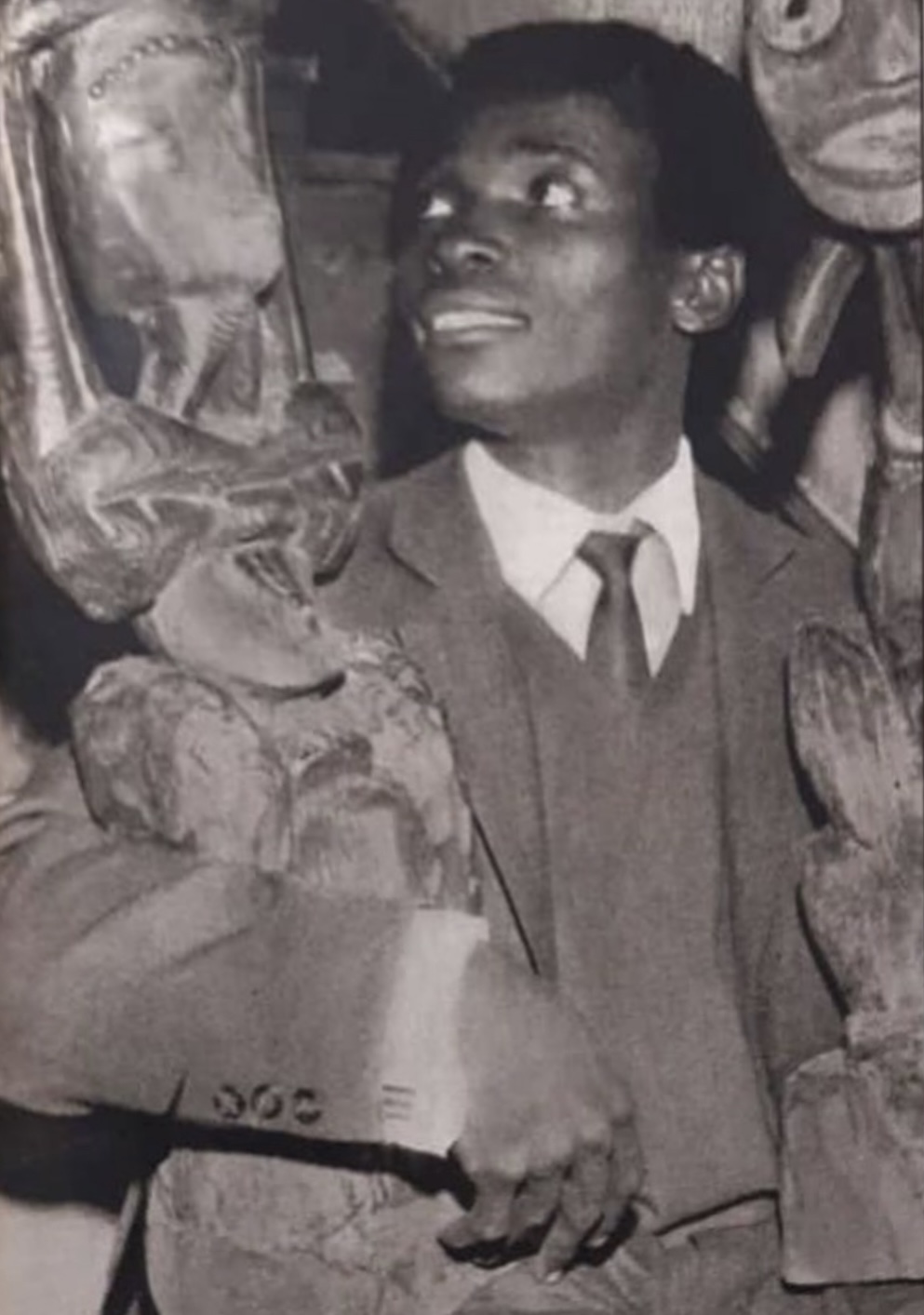
He was also one of the few artists of his time to consistently center African women in monumental form, not as decorative symbols, but as icons of power, resilience, and continuity. His visual language challenged colonial perceptions and redefined what African representation could look like in public and institutional spaces.
One of Mbomio’s most recognized works is Integración Tribal (1975), a piece that reflects his deep interest in cultural unity and ancestral memory. The sculpture merges stylized human forms with symbolic patterns drawn from traditional African motifs. It is a visual statement on the strength found in community, a merging of tribes, histories, and identities into one cohesive force. The work is both spiritual and sculptural, grounded in his Bantu heritage but executed with the technical precision of his European training.
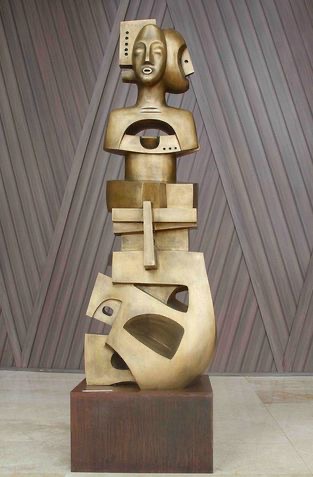
Another notable piece is Maternidad, a recurring theme in Mbomio’s practice. While specific versions of Maternidad vary in form, they consistently center the African mother as a figure of power, care, and continuity. In his treatment of maternity, there is no sentimentality, only strength. These works position motherhood not just as biological, but as cultural transmission, echoing his broader mission to elevate African identity through form.
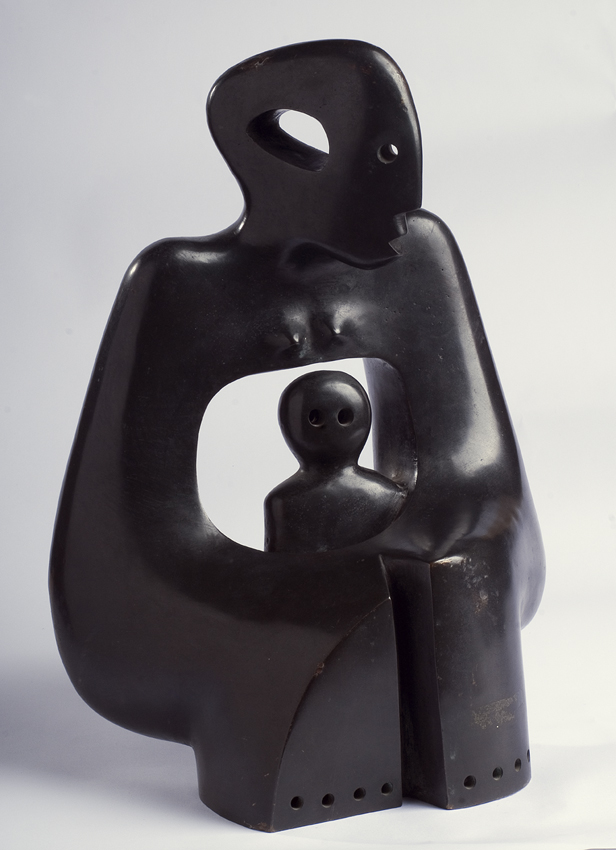
Together, these works highlight Mbomio’s ability to move between the symbolic and the sculptural, always rooted in the belief that African stories deserve scale, dignity, and permanence.
Leandro Mbomio Nsue left behind more than a body of work. He created a blueprint for how African artists could engage with European training while staying true to their heritage. His sculptures positioned African identity as something powerful, elegant, and worthy of serious recognition. In Equatorial Guinea, his legacy is visible in public monuments and cultural policy, as he also served as Minister of Culture and worked with UNESCO to promote African art globally. Despite his influence, his work remains underrepresented in major global institutions. That is slowly changing, as more platforms and collectors begin to reclaim artists like Mbomio not just as national figures, but as central voices in the story of modern art. His vision continues to shape how we think about African creativity, not as a reaction to the West, but as a statement of its own.
